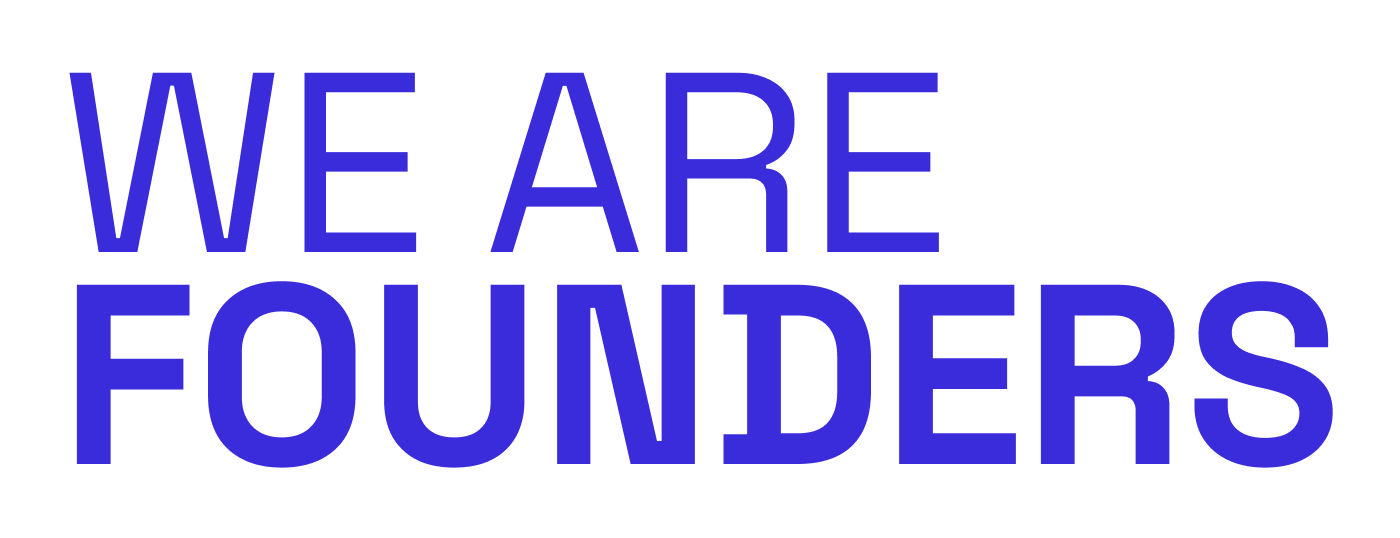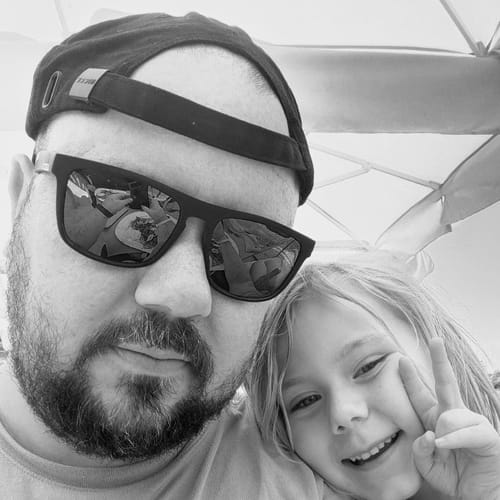Melanie Perkins had zero coding experience. No design degree. No Silicon Valley connections.
What she did have? A front-row seat to a problem everyone else was ignoring.
And that turned out to be worth $40 billion.
The Classroom That Changed Everything
It's 2007. Melanie's teaching design at university in Perth, Australia.
She's watching her students absolutely struggle with Photoshop. We're talking hours just to move a text box. Tears of frustration. Assignments that look like they were designed in 1995.
Week after week, same painful scene.
Most teachers would've just sighed and moved on. Maybe told students to "practice more" or "watch some YouTube tutorials."
But Melanie had a different thought: "Why is this so unnecessarily hard?"
That question was the seed of Canva.
Why Being an Outsider Actually Helped
Here's the plot twist nobody sees coming.
Melanie's lack of technical background wasn't a weakness. It was her secret weapon.
Industry experts were blind to the problem because:
- Adobe designers thought complexity = power (and they weren't wrong for their users)
- Tech founders assumed people would just "learn the tools"
- Everyone accepted the status quo: simple tools sucked, powerful tools were complicated
But Melanie saw what they missed:
- 99% of people just wanted to make something decent
- They didn't need 47 blend modes
- They needed drag-and-drop simplicity with professional results
She wasn't constrained by "how things are supposed to work" in the design software world.
She just saw frustrated humans who wanted to create.
The Gap Everyone Missed
Think about the landscape in 2007.
On one side: PowerPoint and clip art. Easy to use, embarrassing results.
On the other side: Adobe Creative Suite. Professional results, basically requires a design degree.
In the middle: A massive gap of people who wanted quality without complexity.
Melanie looked at that gap and thought, "This is ridiculous."
The best part? She didn't need to be a designer or developer to spot it. She just needed to be paying attention.
Finding Her Technical Co-Founder (The Right Way)
So Melanie had the vision. Her boyfriend Cliff Obrecht believed in it.
But they had a problem: neither of them could code.
They spent years trying to find the right technical co-founder. Years. Not weeks or months.
Eventually, they found Cameron Adams, a former Google designer who could actually build the thing.
The team breakdown:
- Melanie: Vision, user insight, relentless determination
- Cliff: Operations, business strategy, being Melanie's rock
- Cameron: Technical chops, design expertise, making it real
Notice something? Only one technical person. Two "outsiders" who just understood the problem deeply.
What This Means for You
You don't need to be the smartest coder in the room.
You don't need a Stanford degree or Y Combinator connections.
You need:
- A real problem you've experienced firsthand
- The audacity to think it shouldn't be that hard
- The persistence to find people who can help build it
Melanie's superpower wasn't technical knowledge. It was user empathy.
The Billion-Dollar Lesson
Being non-technical isn't a bug. It's a feature.
When you're not drowning in industry jargon and "best practices," you can see solutions that experts dismiss as "too simple" or "unrealistic."
Some of history's biggest disruptions came from outsiders:
- Airbnb founders were designers, not hospitality experts
- Spotify's Daniel Ek wasn't a music industry insider
- Melanie wasn't a software engineer
They all saw problems through fresh eyes.
What Happened Next
From that classroom frustration to a $40B valuation took ten years of grinding.
There were rejections. Lots of them. Investors who didn't get it. Technical challenges that seemed impossible.
But Melanie and her team kept building. Kept simplifying. Kept asking, "Why does it have to be this hard?"
Want the full story of how they did it? Read the complete Canva case study here →
Your Move
So what problem are you watching people struggle with?
What industry are you outside of, looking in with fresh eyes?
What gap exists because experts are too busy serving themselves?
The next $40B company might just come from someone who "doesn't know what they're doing."
Sometimes that's exactly what you need.



